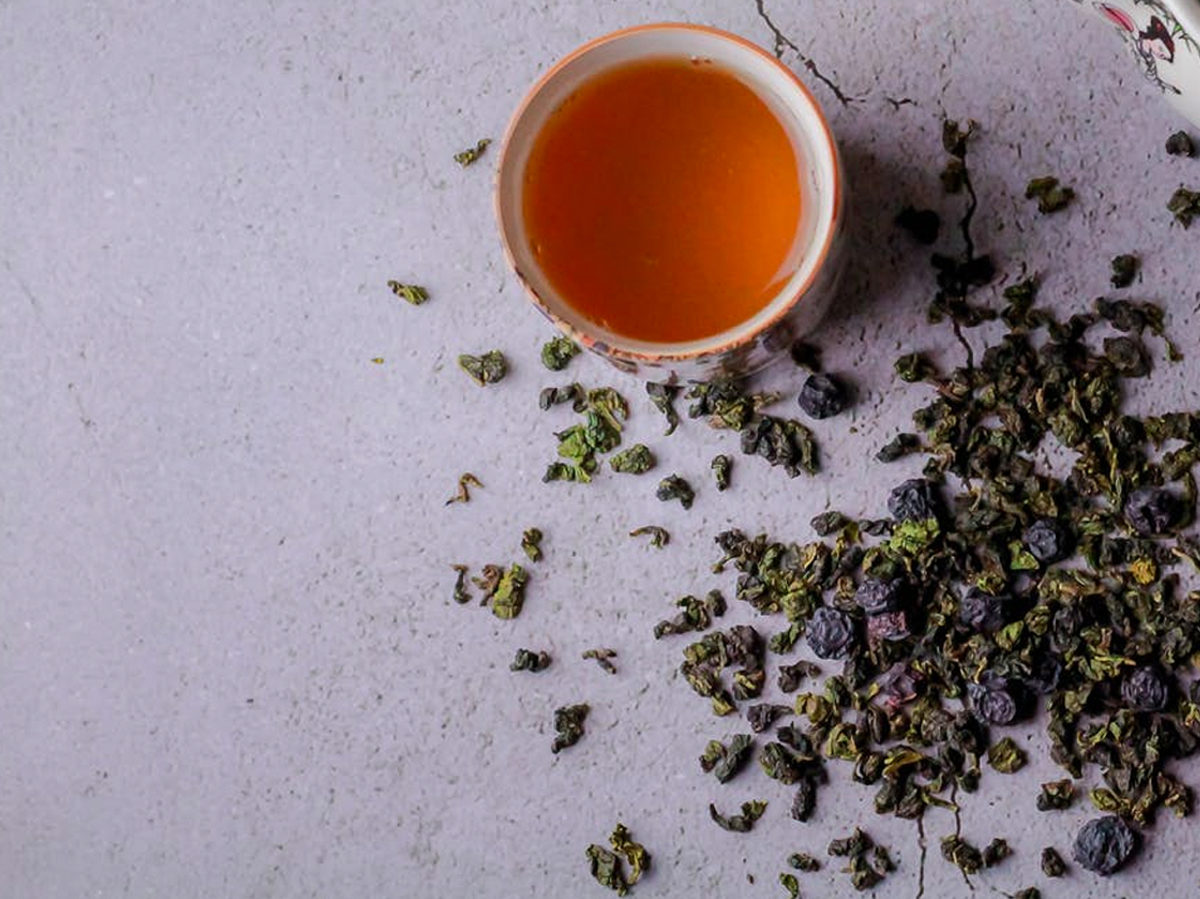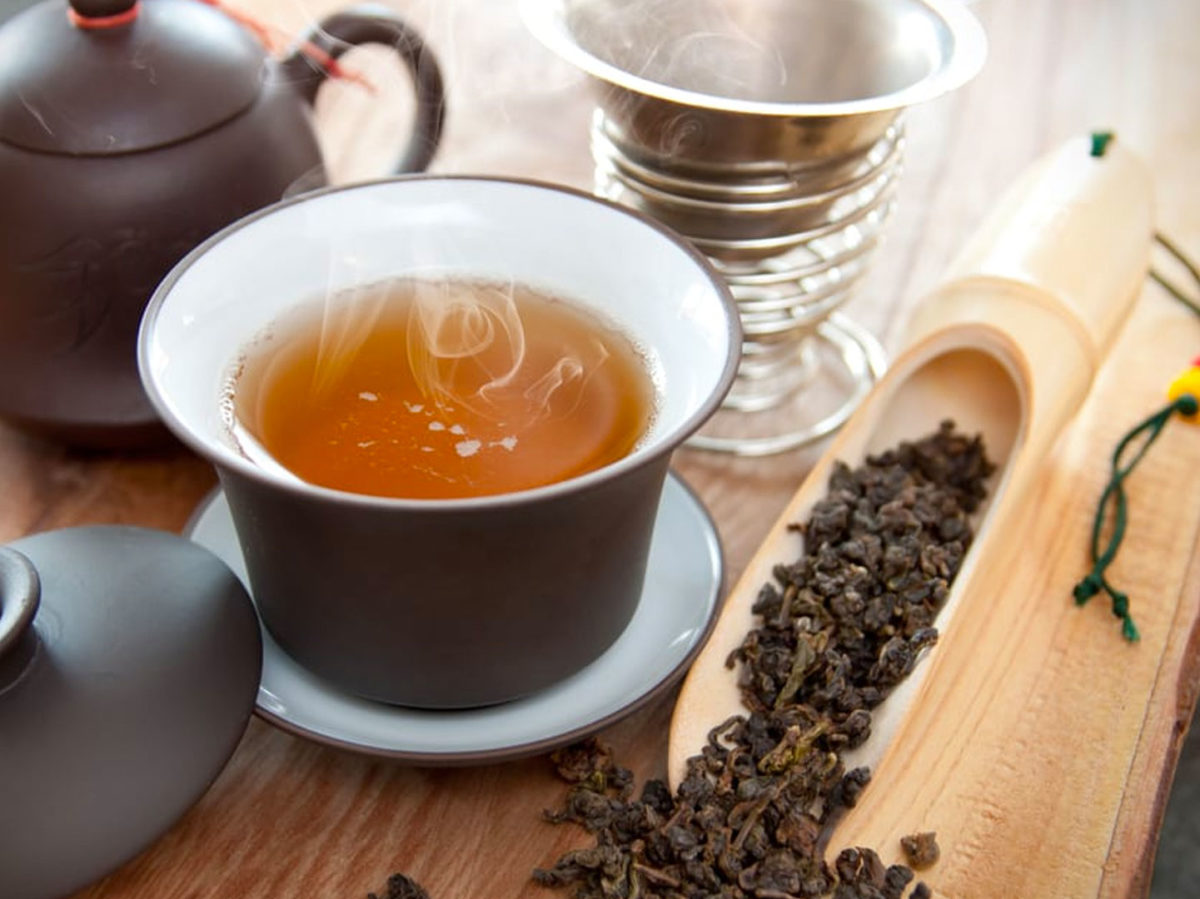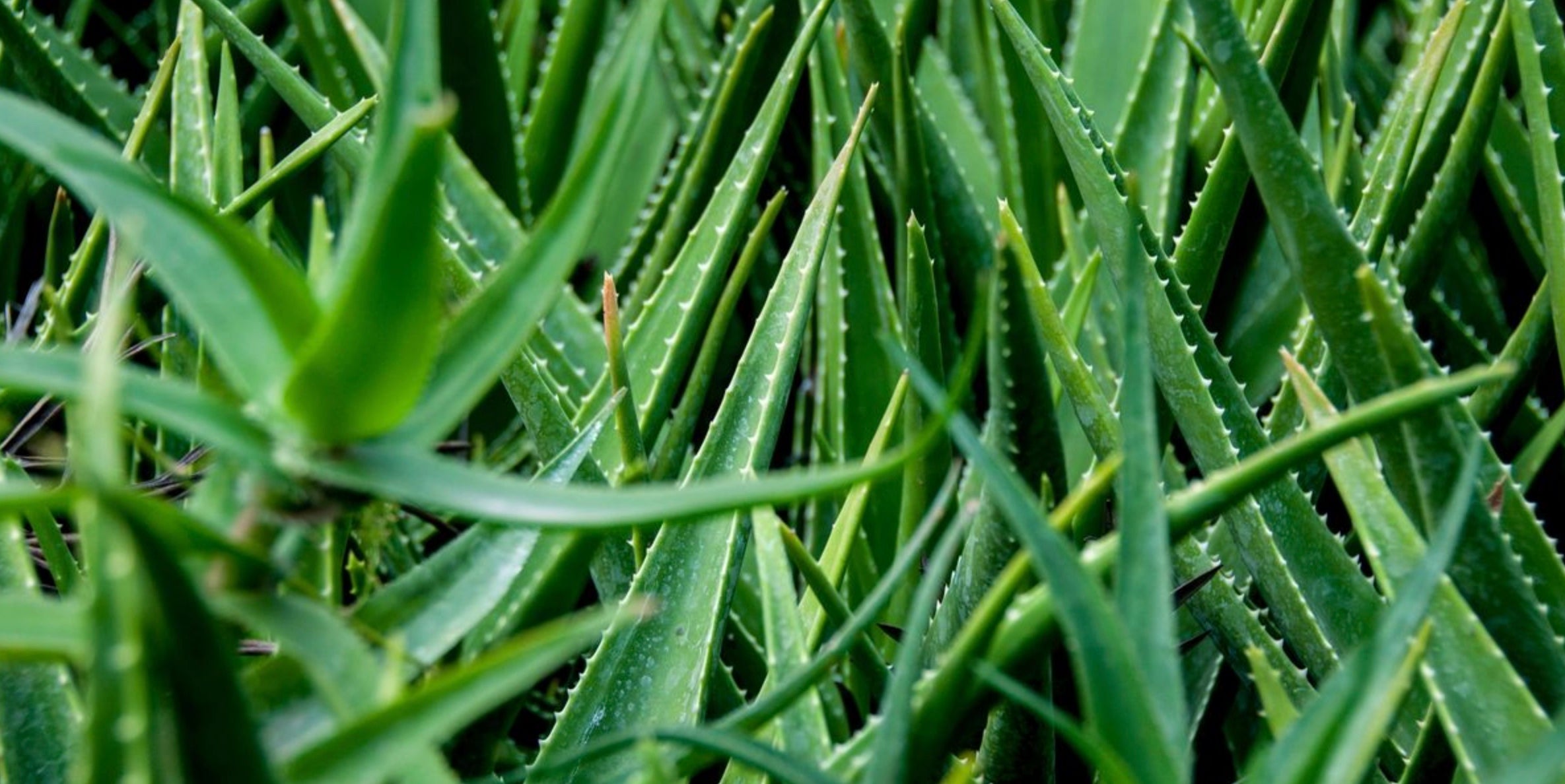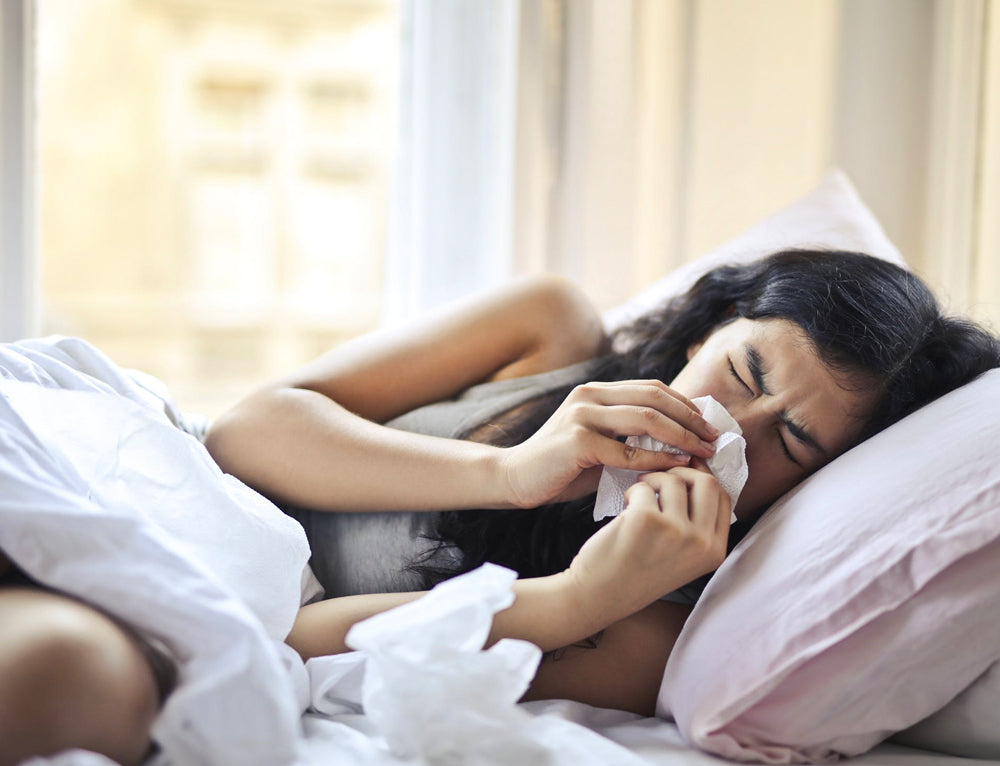What Makes Decaf Oolong Tea So Darn Good?

Oolong tea has been enjoyed in Asia for centuries and has been gaining popularity in the West as people discover how amazingly delicious this tea is. Usually when a tea is decaffeinated it loses some of its flavor. However that is not the case with our decaf oolong tea. A time tested method is used when decaffeinating out oolong teas so that all the aromatic flavor profiles stay within the tea.
Our decaf oolong tea flavors range from a Smoky, Woodsy, Nutty Notes with a Delicate Toasty Finish. Decaf oolong tea is one of the best teas for those wishing to immerse themselves in tea culture and great taste without the caffeine.
How to Make Our Decaf Oolong Tea
Step 1: Choose a Tea Pot
Decaf Oolong tea can be brewed using traditional Chinese techniques or the simpler Western method. Both techniques have their own benefits and result in great-tasting oolong teas. The Chinese method offers a more complete and full-bodied tea drinking experience. The Western method is more suitable for beginner tea consumers and those who wish to quickly brew one cup.
Yixing Pot
A yixing teapot is a traditional tea brewing pot made from clay sourced from the Jiangsu province of China. Yixing teapots are designed for brewing oolong tea as well as black tea, pu-erh tea and white tea. The clay pots absorb tea with each steeping, leading to a coating that resembles the flavor and color of the tea.
You should avoid washing yixing pots with soap since this will dramatically alter the flavor coating and result in less flavorful tea brews. Each teapot should only be used for one type of tea in order to best preserve and develop the rich flavor profiles.
Asian Brewing Method
Decaf Oolong tea is traditionally brewed the Chinese way using a yixing teapot or a gaiwan. These vessels are small, and use a concentrated amount of oolong tea leaves. Leaves are brewed for a short period of time, but the process is repeated several times for multiple small cups. All our decaf oolong teas can be brewed multiple times. Yixing pots and gaiwans are traditionally placed on slotted bamboo trays for clean preparation and easy serving.
Gaiwan
A gaiwan is a lidded bowl without handles that is used along with a saucer to brew traditional Chinese teas. Developed by the Ming dynasty, these tea pots date back centuries and are typically made of porcelain or glass. The large opening allows tea drinkers to visually enjoy oolong tea brews while the glazed surface prevents flavor alterations if used to brew different types of teas.
To use a gaiwan properly, hold the saucer with your fingers under and thumb resting on top of the saucer. Use your left hand to hold the lid and gently move the leaves when drinking.
Western-Style Brewing
Decaf Oolong tea can also be prepared Western-style by simply using any teapot you have on hand. While the experience won’t be as culturally complete as the Chinese method, the Western brewing technique allows you to enjoy decaf oolong tea even when you’re in a hurry.
Step 2: Get Your Tea Leaves Ready
We recommend brewing decaf oolong tea using loose leaves to develop the proper oolong flavors. You can still use an oolong tea bag if you prefer the convenience, but please understand that the quality and flavor will likely be inferior to loose leaf oolong varieties.
Making a great cup of oolong tea means using the right amount of tea leaves for brewing. We recommend using 1 teaspoon of balled leaves or 2 tablespoons of loose leaf oolong for every 6 ounces of water.
Step 3: Prepare Your Water
It’s important to use high quality water to achieve the proper flavors and aromas. Avoid distilled water since it can taste flat and doesn’t develop tea flavors well. The best option for water would be from a filtered fridge faucet or from a brita container. Some light filtering that removed extra chlorine from the tap water is best so it doesn’t interfere with the natural decaf oolong flavors.
To develop the best flavor profile of decaf oolong tea, it’s best to use hot water that is just shy of boiling. Water that is around 180 or 190 F is best for brewing. You can use a thermometer for an accurate temperature or simply allow boiling water to cool for a minute before adding to your clay teapot or vessel.
Once water reaches the proper temperature, fill your gaiwan or yixing cup about halfway, swirl and then discard the water. This initial water is used to cleanse the leaves and open them up for flavor release. Next, fill your tea vessel up.
Step 4: Steep The Tea
The general rule for decaf oolong tea is to steep for 1 to 5 minutes. Longer steeping times can allow additional flavors to develop for a richer, more full-bodied tea. It’s best to allow leaves to steep for 1 minute and then taste every 30 seconds to get it just the way you like it.
Decaf Oolong tea is also often consumed in the West as an iced tea. Follow these same hot tea brewing techniques and then allow the tea to cool before serving. It’s best to avoid brewing with cold water for iced tea since the low water temperature doesn’t allow the full flavor profile to develop.
Try different methods and find the one that’s just right for you. No matter which one you choose we are sure you will enjoy our premium decaf oolong teas.




